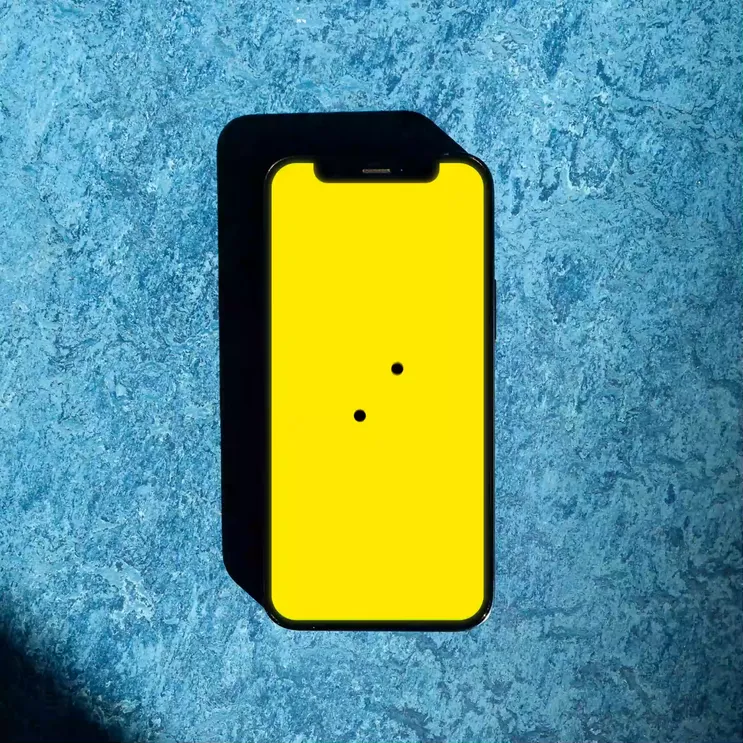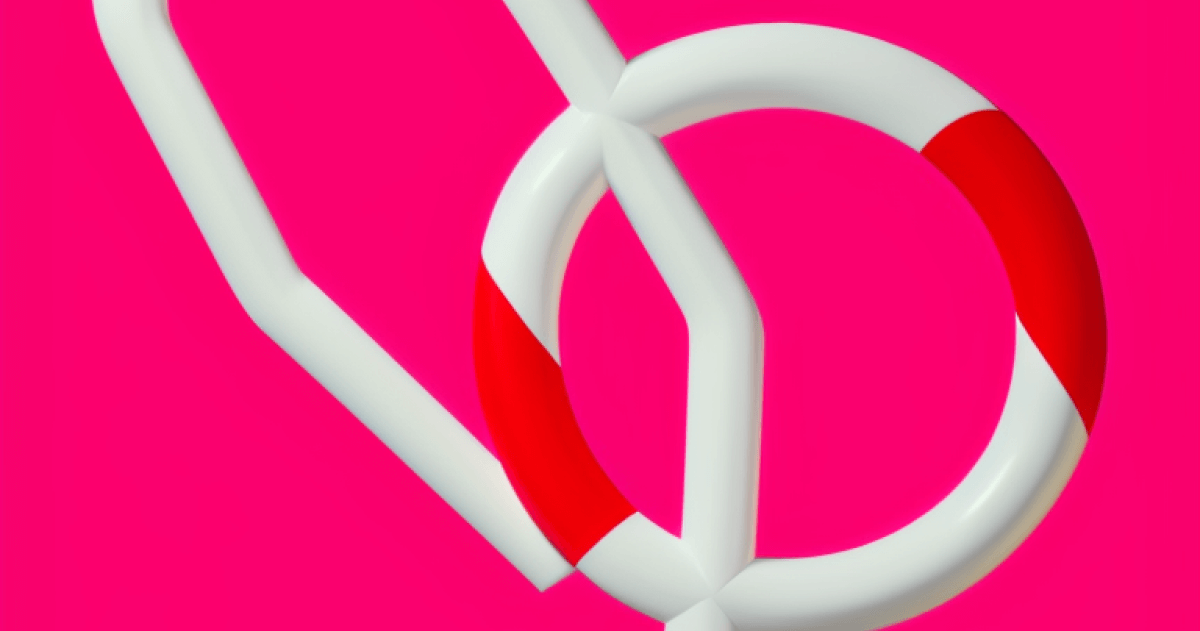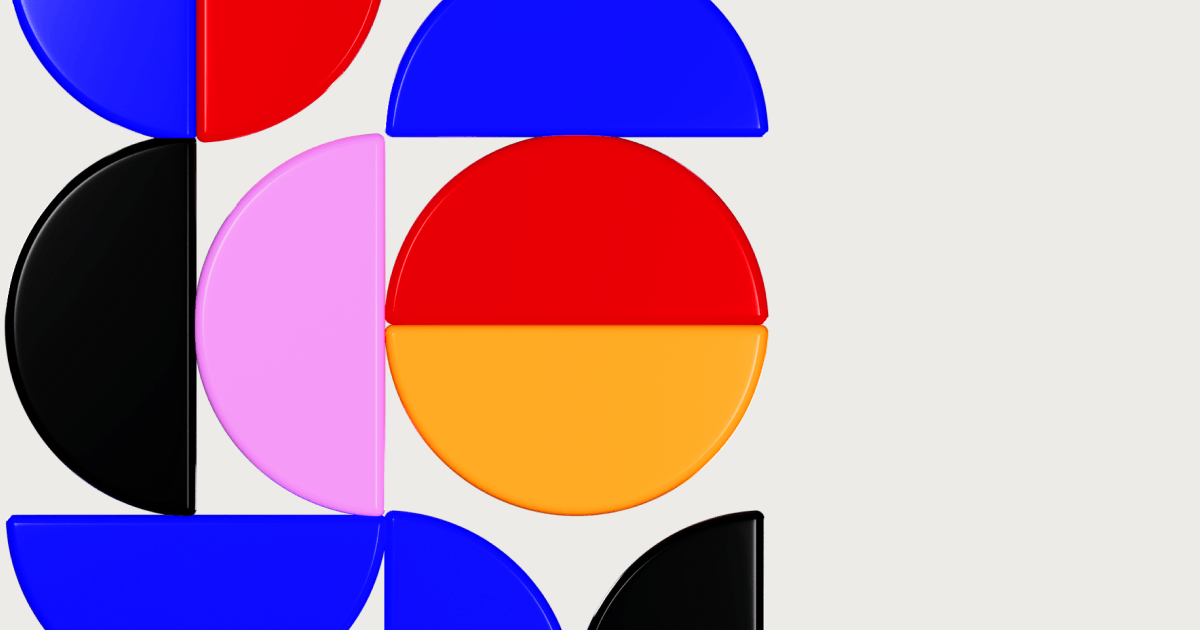UX & UI
9 min read
UX Research Methods for New Products
Question: What do you need for a solid user research process?
Answer: Users!
Right.
Question: What do you do if you’re just starting off and you don’t have users or even a ready product?
Answer: You skip the UX research phase.
Wrong answer!
This might sound a bit like a catch-22 situation, but it’s not. UX Research for new products is not only possible, but it’s strongly recommended. Just like with any other UX project, skipping the research phase will leave you with wrong product assumptions and questionable UX deliverables.
After building over 100 projects from an idea to ready-for-the-market products, we’ve listed some of the most common and practical UX research methods you could use if your product is not live yet. Follow them all and your growth graph will be sending you “thank you” notes in a few months when you will have invested hundreds of hours in development, marketing and distribution.
Competitors user profiling
The first place to start understanding your potential users is analysing the customers of your direct competitors and other products/services in your space. Their visual identity and tone of voice say a lot about who they’re targeting, but you can also investigate their social media audience, email marketing campaigns, online reviews platforms, and any other channel that deals directly with users. You will see their pain points, identify their weaknesses and you’ll be left with an abundance of ideas on how the product you’re building could address what’s currently missing.
Competitors’ users are ultimately your potential users. Of course, you might be targeting a different demographic and have a very different proposition, but more often than not you’ll be relying on some of these people to be your early adopters, so understanding their pains and gains is a must.
Jobs-to-be-Done
We have written a number of posts on how to practically use the Jobs to be Done methodology as part of the UX design process and the more we use it, the more we realise how powerful it could be. Every product design sprint we run starts with the exercise to detach the team from the product concept and focus on what the user currently needs, what jobs they’re trying to get done, what obstacles they face, and how their needs are currently being met. We then move to write the most pressing job statements.
It’s surprising how often such a simple exercise makes it clear that:
a) some of the jobs/needs are over-served and there’s no need to focus on solving something that’s not really a current pain point;
b) some of the planned features and sometimes the whole product positioning might need to shift or completely change, as the real user needs were not addressed with the initial concept.
Spending a couple of days researching the user “jobs” and then a few hours on identifying the job statements and how they fit within the product might save you months of wasted work.
Focus groups and user interviews
It goes without saying that if you don’t have current users, you must connect with people who would be your potential users and run interviews and focus groups the way you’d usually do with existing users. Of course, the nature of the conversation should be different, but speaking to real people, with real problems is an invaluable source of product insights and a powerful idea generator for UX hypotheses testing.
Usually, they would be users of competitor products or people you acquired for beta testing.
Two things should be avoided when interviewing prospect users:
- asking them directly what could be done better than what they’re currently using. This is for you to identify. What you need to find out from them is what is not working up to their expectations from the existing options, not how they want it done differently.
- “would you use this product/feature” type of question. Most of them will be nice and say “yes” which will prevent you from challenging your own product assumptions. And that’s the whole point of having the user interviews – spotting what you might have missed!
Similar to the JTBD exercise, the aim here is to identify loopholes and gaps in the market, rather than looking for solution ideas.
Usability testing on a prototype level
You’ve probably come across the popular “myth” that testing with just 5 users would usually identify 85% of the usability issues. The statement has been backed by a number of UX experts, including Rolf Molich, the co-creator of the method of heuristic evaluation with Jakob Nielsen, and the company MeasuringU.
Here’s the thing – we don’t think this is a myth, it’s the reality and we’ve seen it over and over again. Of course, you can’t conduct an in-depth UX research with just five users, but you can identify fundamental product issues with only a handful of people which will end up being the most important ones.
Doing user testing on a prototype level is so crucial. You can do this long before the product is live, with a clickable prototype. This is will save you thousands in development fees and preventable product iterations later on.
Depending on the type of product, you can recruit the testers yourself (if it’s a very niche product), or you can use platforms like maze.design (for consumer products). It’s best to test with as many people as possible, especially if you’re using a platform to facilitate this, but as mentioned above a few users is much better than skipping this phase just because you underestimate the value it’d bring (or you’re in a rush to ship your latest feature).
A/B testing with paid ads
This one is our secret sauce. You can build a few landing pages and run social media ads (the easiest would be Facebook or Instagram) to A/B test UX headlines, product concepts (or just a feature idea), brand names, and anything else that doesn’t require the use of the actual product. Based on the ad performance and the landing page conversion rate you can evaluate which option might be more attractive.
The landing page itself could be just for lead generation with the appropriate copy and branding assets.
It’s important to use this research tactic with caution. You should not mislead potential customers with false promises about the product’s capabilities, as this could impact its adoption later on. Another potential risk is not analysing the results of the test correctly and taking major product decisions without substantial insights.
This method is great for testing creative ideas, UX copy (headline, slogan), branding elements (logo, illustrations), product concepts (which features might be more attractive than others), but should not be overused for key UX decisions.
Social media listening
Another not so traditional user research technique is using social listening tools to monitor what’s happening in your industry, the sentiment around your competitors, and what people are talking about specific topics. You can spot rapidly growing trends before they take off and become mainstream ideas.
Good places to start are Emplifi, BrandWatch and Explodingtopics – they all offer slightly different features and are more powerful than Google trends for the purposes of user research.
The habit of using social listening will keep you one step ahead in your industry and might subsequently lead to new product ideas and UX hypotheses worth testing.
All of the above ideas could be done without a hefty budget for user research and will have a huge impact on the final UX and the product development process. It’s critical to never let assumptions about the market and the consumer needs to lead a new product idea into the unknown. As Paul Graham wrote, “the best ideas look initially like bad ideas”, so only a good users research will help you distinguish mediocre ideas from the great ones.























